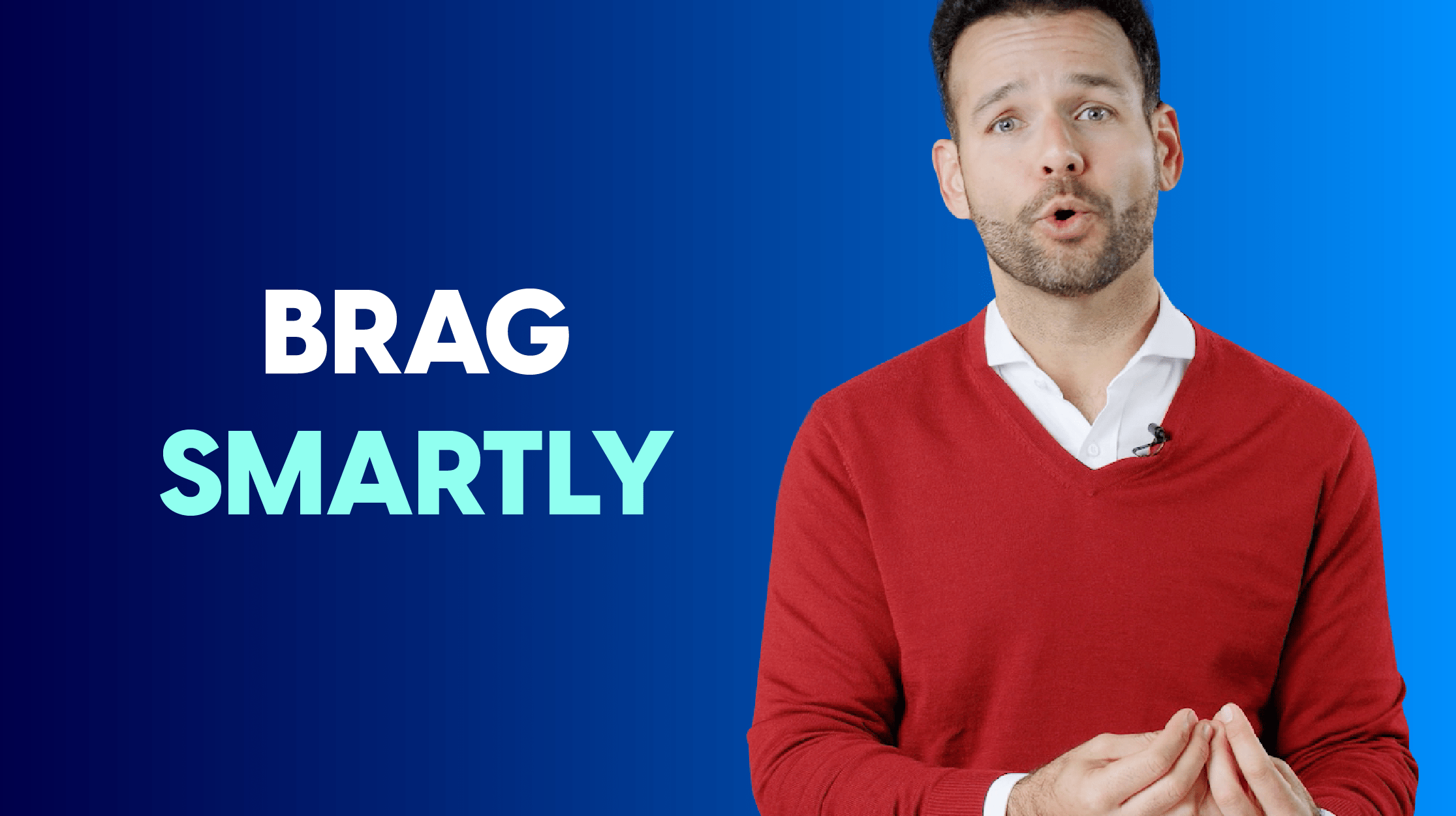The elevator pitch is dead
Yes, dead!
In this video, I’m going to show you something better.
Imagine you are at a professional event. You start speaking with someone you are interested in doing business with, then he asks:
“What do you do?”
- Answer 1: “I am Key Account Manager at Non-Plus Ultra Holdings.”
- Answer 2: “I’m an Agile Coach”
- Answer 3: “It’s complicated; I could spend hours explaining it to you…”
The first one means nothing.
The second one is jargon.
The third one, nonsense.
Either way, the other person will never remember.
The One-Liner or Your Sales Pitch in one phrase
There is one tool that will solve this issue.
The one-sentence sales pitch… or one-liner.
In one sentence, the one-liner explains what you do clearly and effectively.
It does so by focusing the message on the value you provide the other person.
How does it work?
By putting four elements together in one sentence:
- The audience you help
- The problem you solve
- The solution you provide
- The benefit your solution offers
How to build a personalized one-sentence sales pitch
Here’s one example personalized for leaders or HR managers who need to improve performance at meetings:
- Who I help
Teams who meet frequently.
- The problem they have
Meetings are unproductive, time is wasted, and projects are progressing slowly.
- The solution I offer to this problem
I teach professionals to communicate more intelligently.
- The benefit they will get
To save time, reach agreements more quickly, and streamline projects.
The four elements together would sound like this:
“I help teams who meet frequently and feel they are wasting time in unproductive meetings, and teach them to communicate more intelligently, so they can save time at meetings, reach agreements more quickly, and streamline projects.”
In one sentence: Audience + Problem + Solution + Benefit.
Adaptable, on point, and easy to remember.
Next time you meet someone, write your one-sentence sales pitch, using these four building blocks.
You will sell yourself and your solution much better.









Reader Interactions